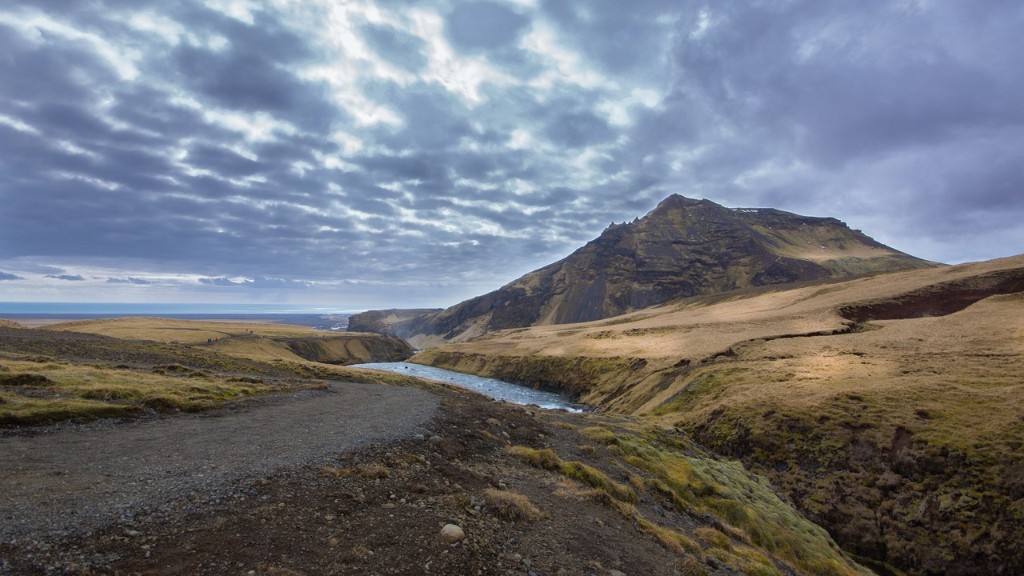The Mississippi River is an iconic and impressive river in North America, heavily represented in literature, film and art. It has been a central part of the United States for generations, and is an important economic and environmental resource for the area. It holds critical significance in terms of hydrology, migrating wildlife, recreational activities and commercial cargo transport.
The most noticeable ecological feature of the Mississippi River is its huge expanse, characterized by more than 10,000 connected lakes, ponds and streams. This interconnected structure provides habitats for many species of animals and fish, including the endangered pallid sturgeon. It also serves to maintain steady water levels in the lower parts of the river, helping to prevent flooding.
The Mississippi River is one of the main migration routes for fish, waterfowl and other wildlife. The many lakes, ponds and marshes lining its banks offer animals shelter as they travel. As well, the majority of the area’s sport fisheries stem from the diverse species found in its waters. In addition, falconry– the old-world hunting art of trained raptors– is practised in the area, with the raptors preying on small waterfowl that inhabit the river.
The Mississippi River has an important role in commerce and industry. It is used as a major transport route for bulk materials, such as coal, grain, petroleum and chemicals, as it spans several states. According to the Army Corps of Engineers, approximately 500 million tons of cargo a year travel the river. This number is only increasing given the increased freight traffic associated with recent growth in international trade.
The Mississippi River is also heavily utilized for leisure activities. People flock to the banks for camping, fishing, swimming, boating and wildlife spotting. Downstream from the source are many wildlife refuges, historical sites and state parks, drawing a record number of tourists each year. It is an effective way of getting people and communities connected to the environment, as well as to each other.
Cultural Significance
The Mississippi River has an undeniable strong cultural and spiritual significance. Throughout its length it has served as a kind of spiritual lineage, a source of family identity, and a reflection of shared experience. In this case, it is a rich source of African American plantations, old plantations, and stunning antebellum architecture. Early settlers saw the river as the veins of the country, knowing its importance to the nation’s prosperity and well being.
In the 19th century, the Mississippi River was essential for establishing the United States as an influential country. It facilitated trading, colonizing and expansion in the Western preserves, making it a symbol of the country’s great potential. The river also inspired many iconic songs in the canon of American folk and blues music, such as ‘Ol’ Man River’ by Paul Robeson and ‘The River’ by Garth Brooks.
Environmental Impact
The environmental impact of the Mississippi River is significant. The river is home to numerous endangered and threatened species, some of which are only found in this area. Scientists are also worried that new species are being introduced as the ecosystem continues to evolve. In addition, scientists are concerned about its vulnerability to chemical pollution due to industrial activity.
Farm runoff, or fertilizer and manure, is a leading source of pollution. This runoff often contains nitrogen and phosphorus, which increase algal growth. The excessive amounts of algae can create hypoxia, or dead zones, where oxygen levels drop too low for aquatic life to survive. This can lead to large fish kills and decreases in populations of various species.
Dams are also a major source of environmental change in the Mississippi River. By blocking large portions of the river, dams create marginal water temperatures, disrupting normal temperature ranges for species downstream of a dam.
Climate Change and the Future of the Mississippi River
Climate change is having a serious impact on the Mississippi River. The river is now more prone to drought, flooding and extreme weather events, and the effects are being felt from source to source. As temperatures continue to rise, forests are drying out and coral reefs are disappearing. Rising sea levels also threaten coastal communities as the river is increasingly becoming more and more freshwater driven.
The future of the river depends heavily on how we manage our water resources and take action on climate change. With increased awareness of the importance of preserving the river and its ecosystems, we can restore the health and diversity of this important natural and cultural resource. Through improved environmental policies and greater public and private investments, the river could soon be given the recognition, protection and restoration that it deserves.
Modern Development
Since the 1950s, the Mississippi River has been rapidly developed. This development has improved access to the river’s natural resources, but has also caused some environmental problems. A number of large dams were built along the river, which have caused siltation, increased water temperatures and led to disruption of the fish’s migration routes.
Major industrial development has also had a huge impact on the Mississippi River. Industries such as paper mills, oil refineries and chemical plants are responsible for releasing millions of gallons of toxic substances into the river each year. This has caused severe water pollution, killing huge numbers of fish, birds and other animals.
This has had a devastating impact on the health of the river, resulting in contamination of drinking water, widespread erosion and the destruction of key habitats. It has also had a negative impact on the local economy, as recreational activities and tourism have been affected by the water pollution.
Legal Protection
Attempts have been made to protect the Mississippi River from further damage, both in terms of legal protection and government involvement. In the United States, the Clean Water Act of 1972 was enacted to protect the nation’s rivers and streams, ensuring that industries and municipalities were held to high standards of water quality. In addition, the National Park Service has developed strategies and plans to protect the river and its animal life.
The state of Mississippi has also taken a stance on protecting its namesake river, passing the Mississippi Riverfront Conservation Act in 2018. In this act, the state set aside $450 million to protect wetland habitats, improve water quality and support recreational activities.
In addition, a number of non-profit organizations have sprung up to support the protection of the Mississippi River. The conservation initiatives of organizations such as the Mississippi Riv




